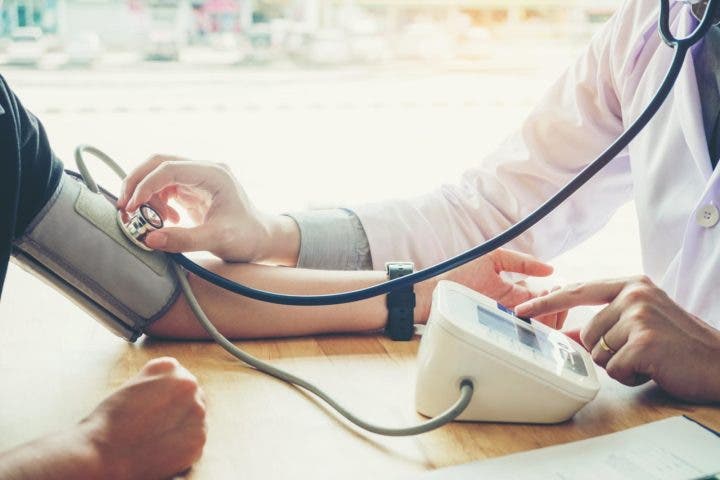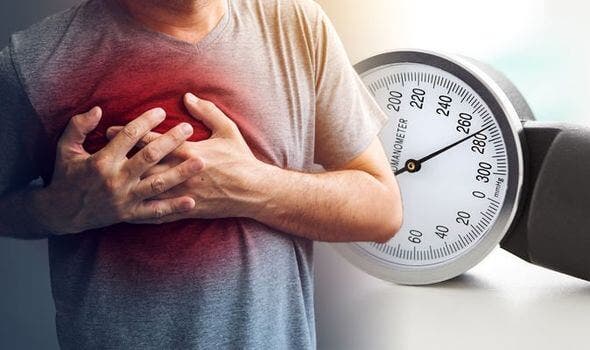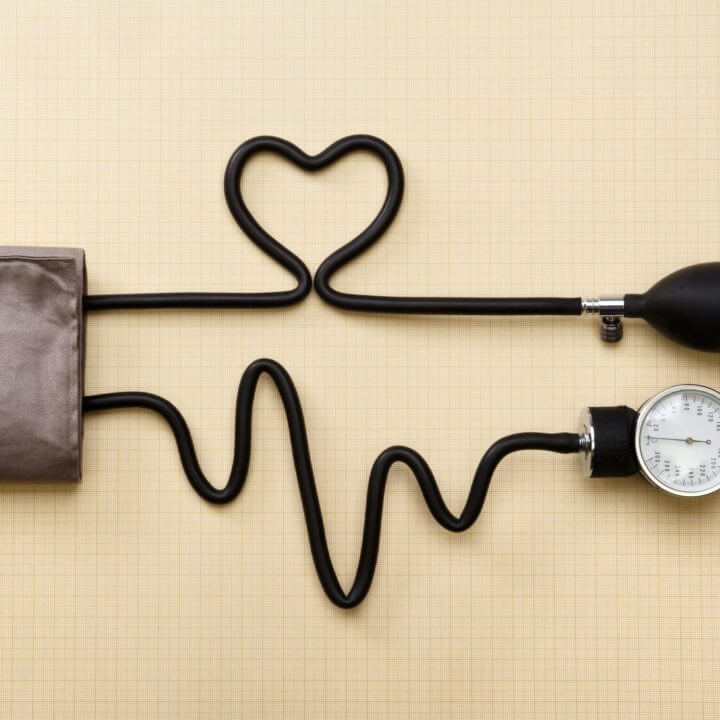Many people think that only high blood pressure – or hypertension – is a health risk, but too low a blood pressure can also cause health problems.
Some people may have naturally low blood pressure, while for others it may be a side effect of a medical condition, but it can be dangerous either way.
A normal blood pressure is a systolic reading of less than 120 and a diastolic of less than 80. For example, a blood pressure that would be considered normal for a healthy adult would be 110/70.
Find out everything you need to know about the health risks of low blood pressure , and when to seek medical attention.

What is blood pressure?
According to the American Heart Association (AHA), normal blood pressure is made up of two readings: systolic (the top number), which measures the pressure of the blood in the arteries while the heart beats; and diastolic (the bottom number), which measures the pressure of the blood in the arteries when the heart rests between beats.
Technically speaking, low blood pressure – or hypotension – is a blood pressure reading of less than 90/60. However, a low blood pressure reading is considered dangerous as long as it causes symptoms that last for more than a few seconds.
The number is variable and depends on the other medical conditions of the patient. Some people have symptoms if their systolic blood pressure is below 120, others below 70.

What Causes Low Blood Pressure?
According to the US National Heart, Lung, and Blood Institute, some people have low blood pressure all the time. Since that is normal for them, it does not cause any symptoms and is not considered dangerous.
People who are thin and very physically active tend to have lower blood pressure. In general, premenopausal women and very thin young people also tend to have lower blood pressure . However, in other cases, low blood pressure is not normal. Dehydration, for example, is a common cause of low blood pressure, and the following conditions could also cause it, according to the AHA:
- Infection, especially if the bacteria enter the bloodstream (septic shock).
- Anemia.
- A severe allergic reaction.
- Some neurological conditions.
- Arrhythmias (abnormal heart rhythms).
- Heart failure.
- A decrease in blood volume, such as from trauma or internal bleeding.
- Endocrine disorders, including hypothyroidism and sometimes diabetes.
- Postprandial hypotension , a condition that occurs more commonly in older adults, in which blood pressure drops after meals.
- Orthostatic hypotension , when blood pressure drops when standing up from a sitting position. You may experience this temporarily, such as when you stand up too quickly, or chronically, which is a more serious condition.
Low blood pressure can also be the result of bed rest, pregnancy, or certain medications such as hypertension medication, diuretics, certain types of antidepressants, and erectile dysfunction medications such as viagra.

Symptoms of low blood pressure
The first and most common symptom that your blood pressure is too low is dizziness and fainting. Some people also feel fatigued with low blood pressure.
The most common reason for dizziness or fainting is that systolic blood pressure is temporarily too low to allow adequate blood flow to the brain. This usually happens when the systolic pressure is less than 80.
According to the AHA, low blood pressure can also cause the following symptoms :
- Sickness
- Unusual thirst
- Inability to concentrate
- Blurry vision
- Cold, clammy and pale skin
- Fast breathing
- Fatigue
- Depression
Extreme hypotension , meanwhile, can result in this life-threatening condition. Signs and symptoms include:
- Confusion, especially in older people
- Cold, clammy and pale skin
- Shallow, rapid breathing
- Weak and rapid pulse

When to see a doctor for low blood pressure?
If you have consistently low blood pressure readings but feel fine, your doctor will likely only monitor you during routine exams.
Even occasional dizziness or dizziness can be a relatively minor problem resulting from mild dehydration from spending too much time in the sun, for example. Still, it's important to see your doctor if you have signs or symptoms of hypotension because they can indicate more serious problems.
It can be helpful to keep track of your symptoms, when they occur, and what you are doing at the time. If you have any of these symptoms on a recurring basis, seek emergency medical help.
We leave you the best offers of tensiometers
6 health risks of low blood pressure
1. Inadequate oxygen
The main risk of low blood pressure is that there is not enough pressure in the blood vessels to get blood – and therefore oxygen – where it needs to go in the body, especially the brain. Think of it as trying to shower when the water pressure is too low and you can't do the job easily or efficiently.
2. Heart problems
Severely low blood pressure can damage the heart by starving it of oxygen. Individuals with existing coronary disease and very low blood pressure, as a result of treatment, are at increased risk of cardiovascular events, such as a heart attack (Rahimi and Mohseni, 2017).
Another study found that very low blood pressure is associated with an increased likelihood of angina pectoris in people with chronic coronary artery disease (Peri-Okonny, et al., 2018).
3. Injury
If you experience a sudden drop in blood pressure, you run the risk of fainting, which could lead to a fall injury.

4. Kidney damage
Certain people with kidney failure may experience worsening kidney function if your blood pressure is too low.
5. Exacerbation of stroke symptoms
People with previous strokes may have a recurrence of stroke symptoms if their blood pressure drops too low.
6. Other health risks
The health risks of hypotension are still being studied by doctors. For example, in a study conducted in March 2018 by the BMC Department of Public Health, using data from the Korea National Health and Nutrition Examination Survey, it was determined that there is actually an association between suicidal thoughts and low blood pressure (Joung and Cho, 2018).
The study concluded that suicidal ideation rates were "significantly higher" among adults with low blood pressure.

conclusion
Low blood pressure for some people does not cause problems. However, for many people, abnormally low blood pressure can cause dizziness and fainting. In severe cases, low blood pressure can be life-threatening.
A blood pressure reading less than 90 millimeters of mercury (mm Hg) for the top number (systolic) or 60 mm Hg for the bottom number (diastolic) is generally considered low blood pressure.
The causes of low blood pressure can range from dehydration to serious medical or surgical conditions. It is important to find out what is causing it so it can be treated.

References
- Joung, K. and Cho, S. (2018). Association of low blood pressure with suicidal ideation: a cross-sectional study of 10,708 adults with normal or low blood pressure in Korea. BMC Public Health . doi: https://doi.org/10.1186/s12889-018-5106-5
- Peri-Okonny, PA, Patel, KK, Jones, PG, Breeding, T., Gosch, KL, Spertus, JA… Arnold, SV (2018). Low Diastolic Blood Pressure Is Associated With Angina in Patients With Chronic Coronary Artery Disease. Journal of the American College of Cardiology. doi: https://doi.org/10.1016/j.jacc.2018.05.075
- Rahimi, K. and Mohseni, H. (2017). Patients with coronary heart disease and very low blood pressure are at increased risk of cardiovascular events. BMJ Evidence-Based Medicine . doi: http://dx.doi.org/10.1136/ebmed-2016-110648
- Low blood pressure (hypotension). (2018). For. MayoClinic. [Revised March 2020].